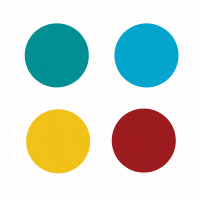




A front-end developer turns a design into reality using codes. Therefore, design plays an important role in front-end development. However, it may be difficult for a developer to understand the front-end design, as coding and designing require different sets of skills. Therefore, most front-end developers are not proficient in front-end designing and the work of development may suffer due to this reason. In this article, you will find some concepts and rules that are easy to follow for developers. These tips for front-end developers will be helpful if you have difficulty understanding front-end designing. These tips will help you move from the beginning to the completion of a project without ruining the design and you will even notice an improvement in the project of front-end development.
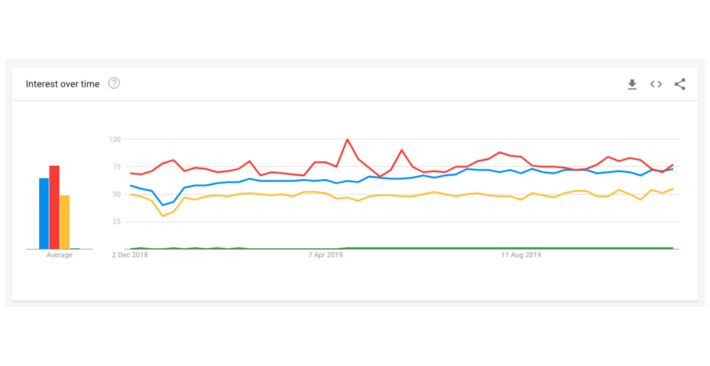
The front-end developers, who are working with the JavaScript frameworks or looking forward to working with this framework, have to focus on ReactJS (Facebook) and VueJS in 2021. On GitHub, Vue and React are at the top with 175,000 stars and 159,000 stars respectively. Angular is lagging behind with 67,500 stars. Vue and React even lead the race for popularity based on the search volume in 2019. Angular has failed to keep up with the search volume of React and Vue whereas Svelte has failed to make any mark. Thus, React or Vue is likely to become the primary choice of many front-end developers in 2021. However, Angular will be a better option for large front-end development projects.
SSG (Static Site Generators) unify the power of single-page applications with server-side rendering that is important for SEO and initial load time. Many open-source frameworks for front-end development, such as Next.js or Nuxt.js, are fitted with useful features, such as module bundlers, markdown support, integrated test runner etc. Many projects choose SSG despite having no need for server-side rendering in order to benefit from these features. Hence, it is essential to have some experience in the following resources if you want to master the skills of front-end development.
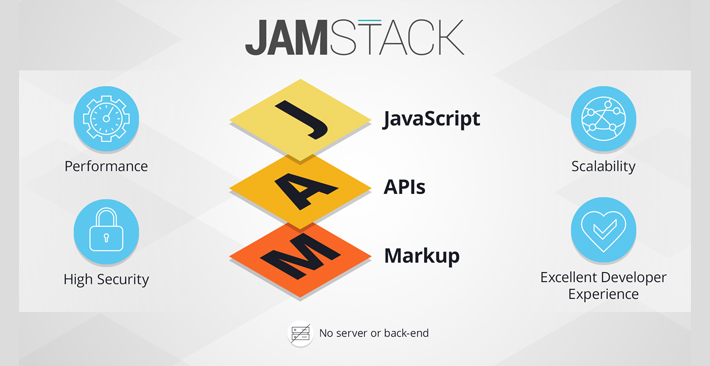
JAMstack is an architecture which has been designed to make a website more secure and faster. It also becomes easier to scale a website. In JAMstack, J stands for JavaScript, A stands for APIs, and M stands for Markup. A monolithic application that depends upon Ruby or Node.js or a website that is built with a server-side CMS (WordPress or Drupal) cannot be built on JAMstack. However, the following practices enable you to make the best use of JAMstack.
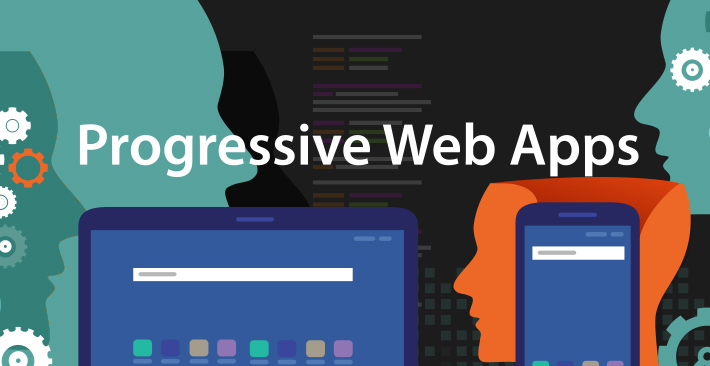
PWA or Progressive Web Apps use the latest web browser APIs and modern web capabilities in order to deliver an app-like user experience to the cross-platform web applications. They have the following qualities.
Many companies have started using Progressive Web Apps instead of using native apps in order to offer a flawless mobile experience to their users. Therefore, PWAs will become popular in 2021.
PWAs use a ‘web app manifest’ for a full-screen experience whilst using service workers (programmable network proxy) for offline functionalities. Benefits of using Progressive Web Apps are –

You have to learn GraphQL if you want to master the art of front-end development. In yesteryears, REST was regarded as a standard software solution when designing a web API (Application Programming Interface), as it had some novel concepts to offer, such as stateless servers. However, REST failed to keep up with the pace of quickly changing clients who were accessing them. Hence, the APIs build on REST was considered to be inflexible.
GraphQL (of Facebook) was designed in order to resolve the issues that developers were experiencing when using REST.
GraphQL also uses a strong type system.
On GraphQL server, everything is defined using GraphQL SDL (schema definition language). Backend and front-end developers can work independently after developing the schema, as they know about the defined data structure.
The VS-Code of Microsoft will be the most wanted editor for the majority of the front-end engineers in 2021. It has features similar to the IDE (Integrated Development Environment), such as highlighting, code completion etc. The extension marketplace also increases the usefulness of VS-Code where front-end developers will find the following extensions.
It is essential to include tests in the process of front-end development, as it is prudent not to use any untested code in production, especially when working in the enterprise or commercial environments. There are different types of test cases, such as
There are different ways to test a software solution, such as snapshot testing or manual testing. It is essential to strengthening your testing skills if you aspire to become an expert web developer.
It is equally important to learn the concepts of clean codes if you want to become an expert and senior web developer. The clean codes have the following qualities.
When developing clean codes, you may benefit from the following practices.

Typography has an impact on the end-look of any design and experienced web designers spend a lot of time on this particular matter. Therefore, you have to research thoroughly in order to find the right typography. You may find suitable typography for your project through font pairings.
You may follow the typography selected by a web designer if you already have a design. In this scenario, it is not enough to select the similar font. It is equally important to pay attention to the letter-spacing, line-spacing and other details alongside noticing which font has been used at which spot. For example,
If a designer has used Georgia at the headers and Open Sans at the body, then it is prudent not to interchange their positions, as typography can make or break the aesthetics of a design.
You have to spend a lot of time in order to match a designer’s typography, as it ensures an excellent outcome.
An expert front-end developer recognizes how the design works with hierarchy and also ensures that the end-product reflects the same concept. Therefore, it is essential to pay attention to design relationships and hierarchy. For example,
A web designer may indicate relationships between different elements/titles/text-bodies in the following manner.
Whether the content is dynamic or has not been specifically designed, it is important to focus on design relationships and hierarchy if you want to become an expert in front-end development.
Additional Read:
It is important to understand how a designer used the whitespace and to follow the same concept during front-end development. You have to ensure that all elements have been properly aligned alongside ensuring that the spacing around the edges of all elements is as consistent as possible.
Sometimes, you may need to keep an additional space in order to indicate the hierarchy. It is impossible to maintain the same spacing in this scenario. Hence, you can multiply the spacing which has been used somewhere else and use it at this place. For example,
You may multiply the default spacing by two in order to create a little separation and may multiply it by a higher number in order to create more spacing.
You have to match the original design to the end result as much as possible, as every pixel matter. You may not achieve pixel-perfect precision in every aspect of a design. For example, you may not have as much control over the letter-spacing as a designer and the CSS shadow may not match flawlessly. However, you have to do everything in order to ensure that the end result matches the original design as closely as possible.
If even one pixel is missing here and there, then it will leave a negative impact on the end result. You may use the following methods to compare the original design file to the end-result.
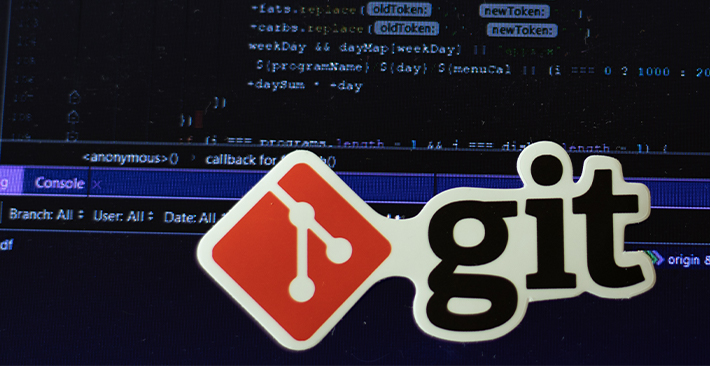
At present, Git is regarded as the best ‘version control’ system in web development. Hence, it is essential for each front-end developer to learn the basic workflows and concepts of Git. It enables you to efficiently work in teams of varying sizes. Some popular Git commands are –
git clone
git init
git config
git status
git push
git commit
git pull
git branch
git add
Alongside learning the commands, front-end developers have to learn the basic concept behind Git.
Soft skills are as important as knowing the technical side of front-end development. It enables you to properly communicate with the team members. Hence, it is essential to develop soft skills if you want to lead a team or want to progress in your career. You may work on communication, teamwork, empathy, approachability, patience, open-mindedness, helpfulness, problem-solving skills, time management, accountability and creativity. Meanwhile, if you want to grow yourself in front-end development then you must check out these excellent career opportunities for an intern front-end developer.
It’s not possible every time that every front-end developer can be a creative designer at all. But we recommend that every front-end developer should be at least competent in terms of design.
Being a front-end developer, you need to have a better understanding of design concepts. And based on that, you can make large projects shine among various available content variations. If you are stuck at some technical design aspect, just ask the front-end experts to create win-win situations.
Subscribe to our newsletter and learn about the latest digital trends.